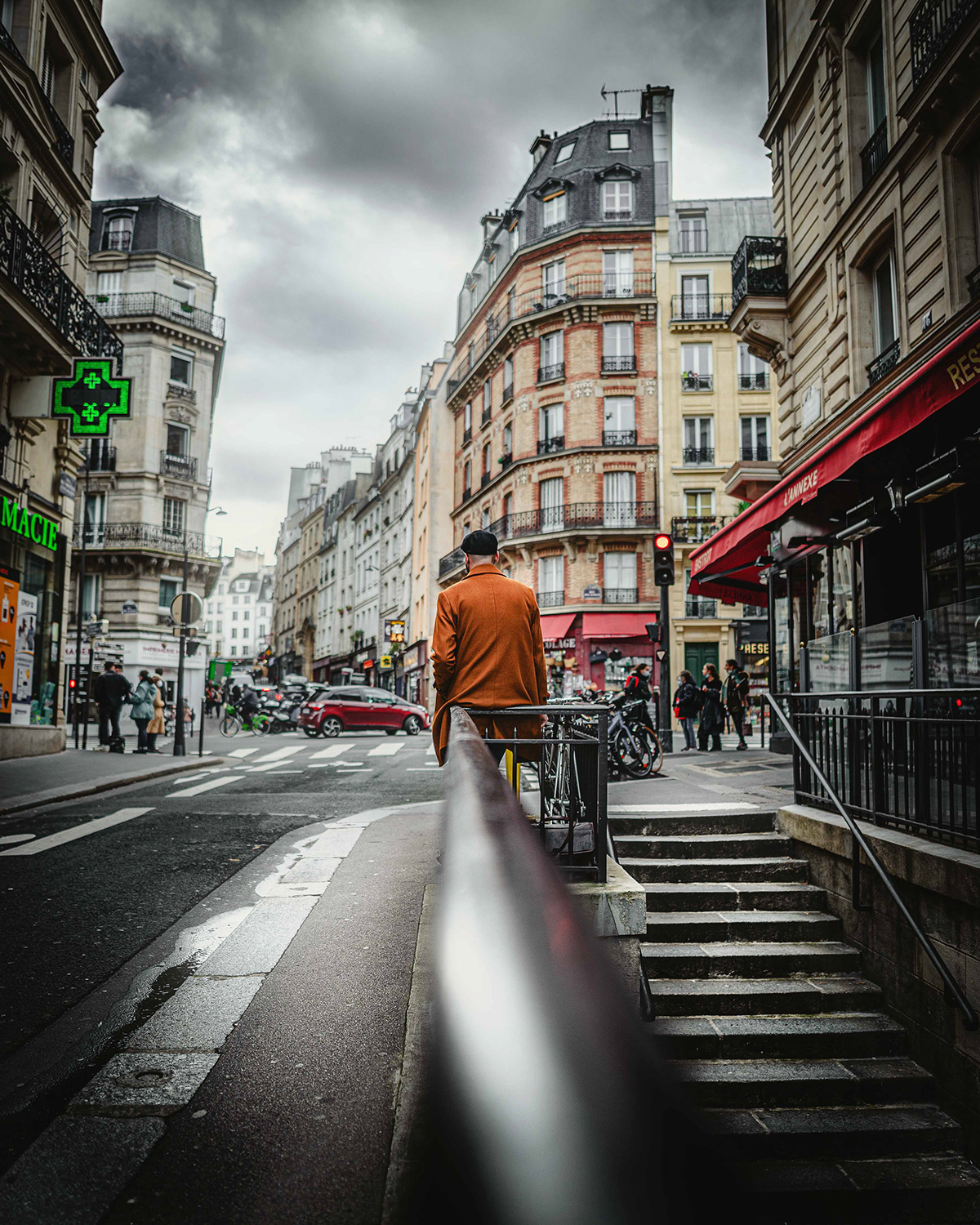All About Street Photographers
All About Street Photographers
Blog Article
Facts About Street Photographers Uncovered
Table of ContentsThe 30-Second Trick For Street PhotographersIndicators on Street Photographers You Need To KnowThe Facts About Street Photographers RevealedThe Best Strategy To Use For Street PhotographersFascination About Street Photographers
Street digital photographers do not necessarily have a social objective in mind, however they prefer to separate and capture minutes which might or else go unnoticed.Though he was influenced by numerous of those that affected the road photographers of the 1950s and '60s, he was not chiefly thinking about recording the spirit of the street. The impulse to aesthetically record individuals in public started with 19th-century painters such as Edgar Degas, douard Manet, and Henri de Toulouse-Lautrec, that worked side by side with photographers attempting to capture the essence of urban life.
In comparison to Atget, professional photographer Charles Marville was employed by the city of Paris to develop an encyclopaedic record of Haussmann's city preparation project as it unfolded, thus old and new Paris. While the photographers' subject was essentially the same, the results were significantly different, demonstrating the effect of the digital photographer's bent on the character of the images he generated.
Given the fine quality of his photographs and the breadth of material, engineers and musicians often bought Atget's prints to use as reference for their very own job, though industrial rate of interests were barely his main motivation. Rather, he was driven to picture every last remnant of the Paris he enjoyed.
The 9-Second Trick For Street Photographers
They reveal the city via his eyes. His work and fundamental understanding of digital photography as an art type acted as motivation to generations of professional photographers that adhered to. The following generation of road digital photographers, though they likely did not refer to themselves as such, was ushered in by the photojournalism of Hungarian-born photographer Andr Kertsz.
Unlike his peers, Brassa made use of a larger-format Voigtlnder cam with a longer exposure time, compeling him to be much more computed and thoughtful in his practice than he could have been if using a Leica. (It is believed that he might not have had the ability to afford a Leica during that time, but he did, nevertheless, use one in the late 1950s to take colour pictures.) Brassa's photographs of the Paris abyss lit up by man-made light were a discovery, and the collection of the collection that he published, (1933 ), was a significant success.
Cartier-Bresson was a champion of the Leica cam and one of the initial professional photographers to optimize its capabilities. The Leica enabled the digital photographer to interact with the surroundings and to catch minutes as they took place. Its relatively little dimension likewise aided the digital photographer fade into the background, which was Cartier-Bresson's favored technique.
Not known Factual Statements About Street Photographers
It is because of this essential understanding of the art of photo taking that he is usually attributed with finding the tool around again roughly a century since its invention. He took pictures for even more than a half century and affected generations of professional photographers to trust their eye and instinct in the minute.
These are the concerns I shall try to respond to: And after you could try this out that I'll leave you with my own definition of road photography. Yes, we do. Let's start with defining what a definition is: According to (Street Photographers) it is: "The act of specifying, or of making something guaranteed, unique, or clear"
No, definitely not. The term is both restricting and misdirecting. Seems like a street digital photography must be pictures of a roads ideal?! And all street digital photographers, besides a small number of outright beginners, will totally appreciate that a road is not the essential component to street digital photography, and really if it's a picture of a road with maybe a couple of boring individuals doing nothing of passion, that's not street digital photography that's a snapshot of a road.
Facts About Street Photographers Revealed
He makes a valid point do not you think? While I agree with him I'm not sure "honest public digital photography" will catch on (although I do kind of like the term "candid navigate to this website photography") since "road digital photography" has actually been around for a long time, with numerous masters' names attached look these up to it, so I think the term is right here to stay (Street Photographers).
Inside?! I hear you scream as you drink your hand to the skies. Why not? You can fire at the coastline, at a festival, in an alley, in a park, in a piazza, in a coffee shop, at a museum or art gallery, in a metro station, at an event, on a bridge, under a bridge ...

A Biased View of Street Photographers

Report this page